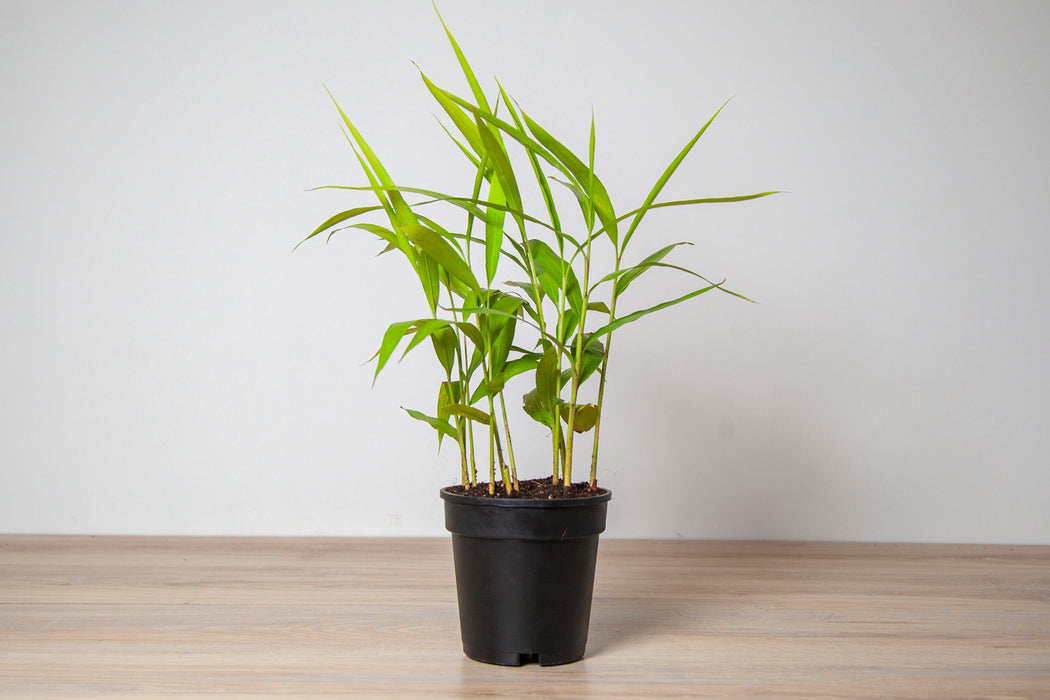
Alpinia officinarum | lesser galangal
Common Name: Alpinia officinarum,
Other names : Alpinia galanga
Origin : Eastern Asia
Family : Zingiberaceae
Light condition: Direct sun light
Watering Schedule: Every day
Alpinia officinarum, known as lesser galangal, is a plant in the ginger family, cultivated in Southeast Asia. It can grow up to 1.5 to 2 m high, with long leaves and
reddish-white flowers. The plant's rhizomes, the part known as galangal, are thin and tough, and they are the principal reason the plant is cultivated. They have
orange flesh with a brown coating, and have an aromatic odor and a sweet flavor. These are smaller than greater galangal which have a stronger peppery pine-like bite
that is lacking in the sweeter rhizomes of lesser galangal. The rhizomes, known as galangal, are valued for their sweet spicy flavor and aromatic scent. These are used
throughout Asia in curries and perfumes.
Rhizome splits are used as planting material for commercial cultivation.
Plant care:
The plant is successfully cultivated only on sandy loam soils and in humid tropical climate. It can be grown in open sunny areas with sufficient rainfall. With
adequate watering, it can be grown up to an altitude of 1000 m.
Medicinal Use:
Alpinia officinarum Hance (galanga) is a perennial ginger family plant. Galanga has been traditionally used for many years to treat several different diseases including cold, pain, inflammation, stomach ache, and microbial infection, and it also works as an antioxidant and anticancer agent.
Different parts of A. officinarum have been used either directly or by processing through different methods for treatment. Plant parts like rhizomes, leaves, aerial
parts, and roots of galanga were extracted to induce the disease control property. Flavonoid extract of this plant is more effective in all kinds of disease.



